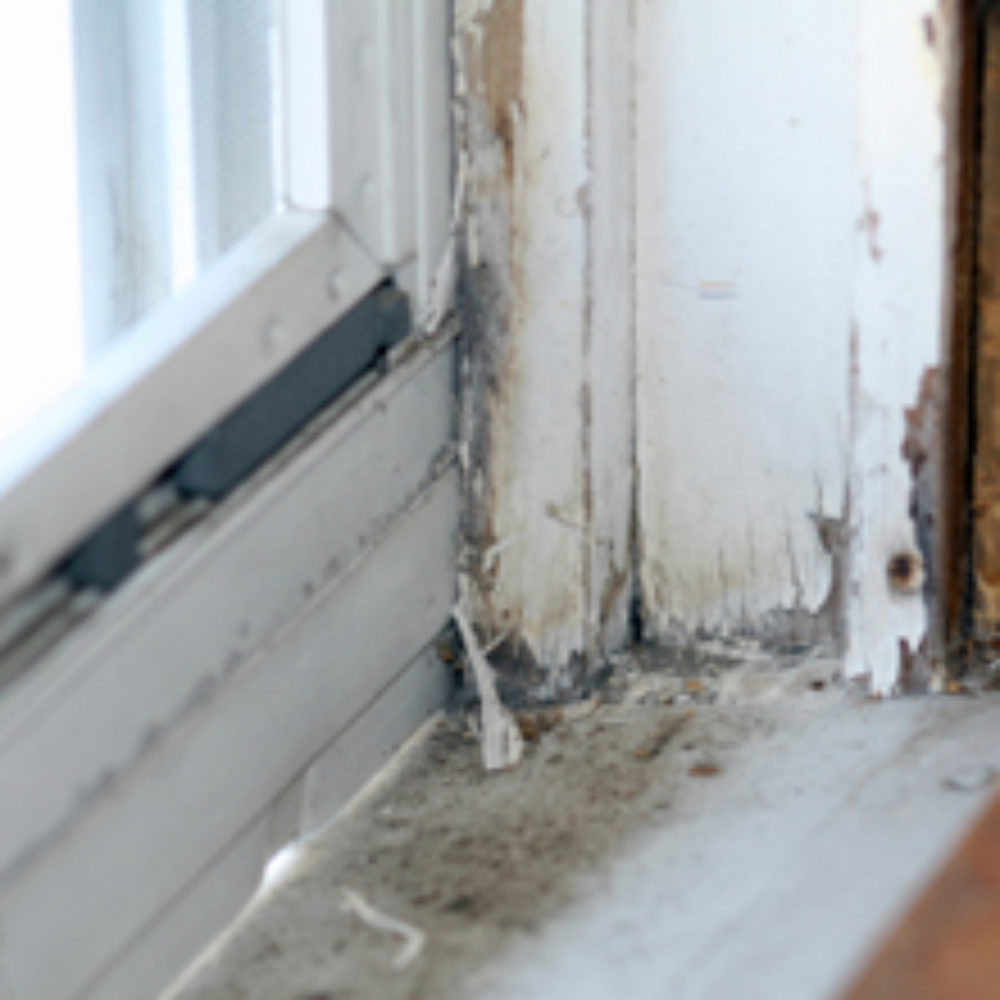Levels For Child Lead Poisoning Diagnosis Lowered by CDC

Federal health officials have sharply reduced the amount of lead needed in a child’s blood for there to be a diagnosis of lead poisoning.
The U.S. Centers for Disease Control and Prevention (CDC) has determined that the blood lead level (BLL) required for a child to be considered as suffering from lead poisoning will be dropped from 10 micrograms of lead per deciliter to five.
The new lead poisoning threshold (PDF) will mean that the number of children in the U.S. considered to be suffering from lead poisoning will jump from between 77,000 and 255,000 children to nearly half a million children.

Learn More About
Children diagnosed with lead poisoning after exposure to peeling or chipping lead paint in a rental home may be entitled to financial compensation and benefits.
Learn More About this Lawsuit SEE IF YOU QUALIFY FOR COMPENSATIONThe CDC’s move came as part of its response to recommendations made in January by an advisory committee on childhood lead poisoning prevention. The advisory committee determined that there has not been enough action to address the health risks associated with low level lead exposures, which have been understated.
The threshold for a lead poisoning diagnosis will be reassessed every four years, according to the CDC. The blood poisoning level only applies to children ages six and under. Older children and adults do not have a lead poisoning threshold.
Many of the other recommendations made by the advisory committee are not likely to be implemented, the CDC noted, even though it agrees with them in principle. The primary reason is because the CDC’s lead program was eviscerated by Congress last year, going from $29 million a year to $2 million.
Lead poisoning can result in nervous system injury, brain damage, seizures or convulsions, growth or mental retardation, coma and even death for young children.
One of the more common causes of of lead poisoning is lead-based paint, which was banned in the United States 1978 due to the risk of severe and permanent brain damage and developmental problems, particularly in children. However, a number of older homes still contain the toxic paint on the walls, and if it flakes or peals off, young children could ingest the paint chips or breathe dust that comes from the paint, resulting in lead poisoning.
Get more articles like this sent directly to your inbox.
"*" indicates required fields






0 Comments